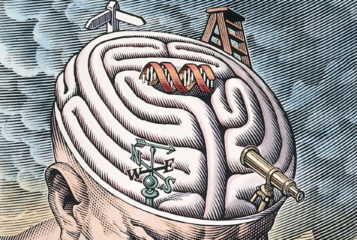Healthy lifestyle may counterbalance life-shortening genes
Healthy habits can mitigate genetic risks of early death and increase lifespan by five years, a recent study shows...
A distinguishing characteristic or quality of an organism.

Healthy habits can mitigate genetic risks of early death and increase lifespan by five years, a recent study shows...

Guidance needs to be created for healthcare professionals on the limitations and ethics of using polygenic risk scores, an independent review has recommended...

Professor Imogen Goold's lecture about the ethical issues surrounding the use of genome editing in humans gets Ruth Retassie thinking about how our society treats disability...

A gene that confers resistance to bird flu transmission in humans could help researchers to predict which new strains could lead to a pandemic...

A draft of a new map of the human genome, collated from multiple individuals, has enabled the identification of new genetic variants that had been previously difficult, or impossible, to find...

by Joel Mendes
A third of Americans said they would be likely to edit the genome of their embryos to improve the university admission chances of their offspring, and 43 percent would be happy to screen embryos for intelligence using polygenic risk scores...

An analysis of over 5.4 million individuals has identified over 12,000 different genetic variants that affect human height...

Preimplantation genetic testing can be used in IVF to assess and select the genotype of embryos in order to avoid passing specific genetic disorders on to future children...

Analysis of recently released exome sequence data has identified an association between rare genetic variants and cardiometabolic diseases, such as diabetes and heart failure...

What are the public's views on the use of genome editing in a 'fundamental research setting', and how does this differ to views on its use in medical and clinical applications?...
BioNews, published by the Progress Educational Trust (PET), provides news and comment on genetics, assisted conception, embryo/stem cell research and related areas.

